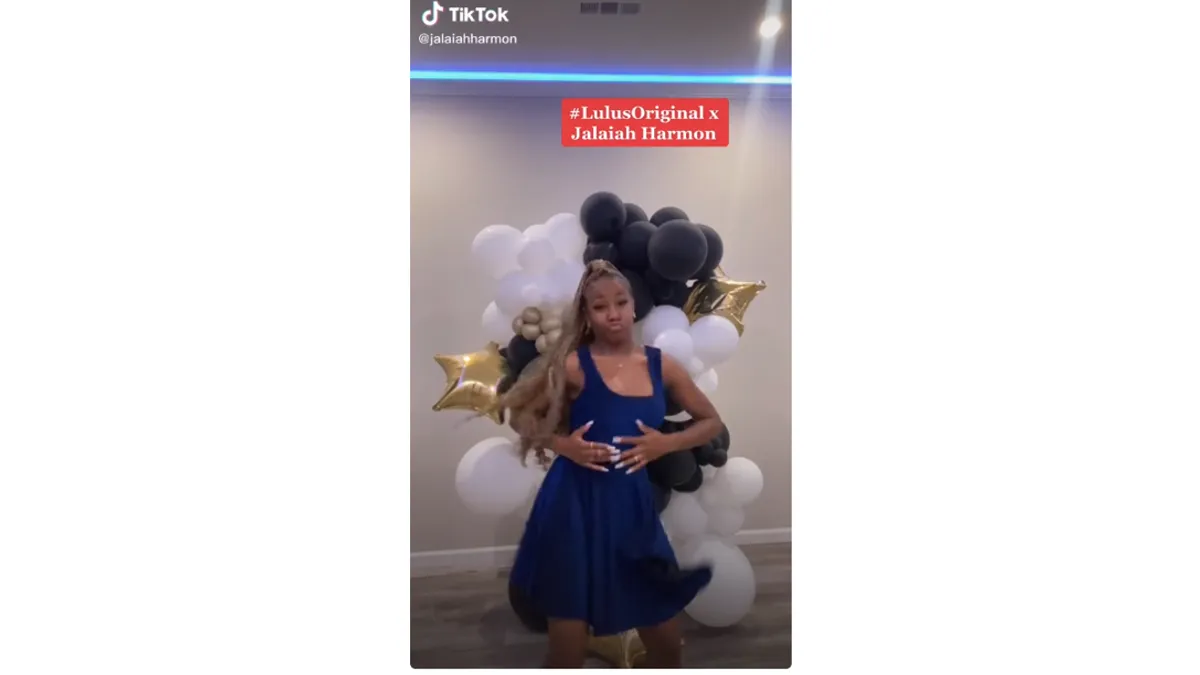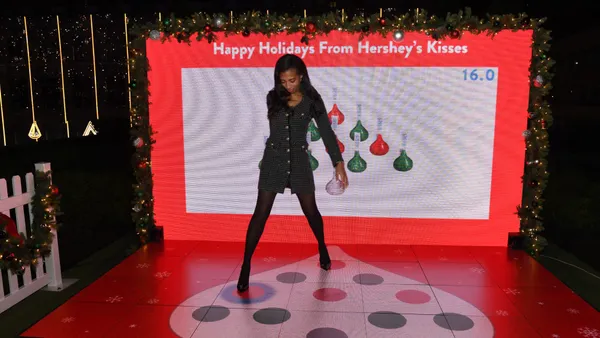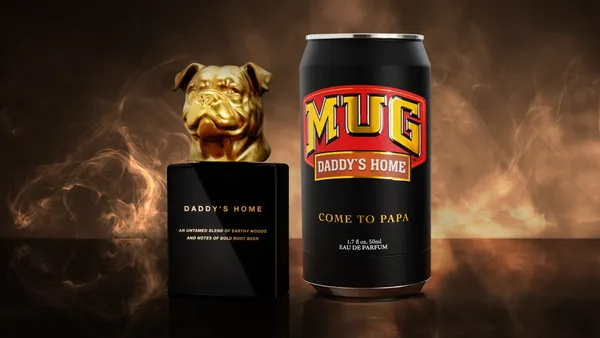The following is a guest post by Blake Lynch, digital supervisor of content marketing at Lippe Taylor. Opinions are the author's own.
Creator + TikTok = viral campaign. This is a formula nearly every major brand has noticed or tested over the past few years. The impact of TikTok creators has been an undeniable force in consumer culture and marketing campaigns, and according to TikTok, the social platform now has 1 billion daily active users, up from 55 million in 2018.
We've seen TikTok creators lead major campaigns like Pepsi's #ThatsWhatILike, Dorito's #CoolRanchDance and Blue Diamond Almonds' #28XTREMES campaigns. The impact of viral challenges spurred by creators' influence has even led to domination in the music industry. TikTok and its creators have introduced a new cast of viral stars, catapulted songs onto the Billboard charts and influenced an estimated $920 million of consumer spending globally, per Sensor Tower Intelligence.
While TikTok offers creators a new medium of expression and an additional revenue stream, some of the same creators and brand partner relationship troubles have followed them to the platform. Creators have expressed that they're often not fairly compensated or credited for their contributions to campaigns. Even after TikTok introduced new creator tools and special initiatives, the platform and brands have struggled to make creators feel equally valued and validated for their contributions. Those like Erick Louis, Ziggi Tyler and many others who participated in the multiple Black Creator strikes are demanding a revolution to the typical relationship between creators and brands.
The disparity of rights for creators is further exacerbated by copyright laws that are not reflective of the current digital usage and trends. Unfortunately, protections for choreography intellectual property (IP) have been slower to adapt than most other IP. When copyright laws were first introduced in the Copyright Act of 1790, its protections were limited to granting authors the "sole right and liberty of printing, reprinting, publishing and vending" copies of their maps, charts and books. Though copyright laws have been expanded and amended several times since 1790, it wasn't until 1976 that choreography was given some protection. To be eligible for copyright protection under that act, the choreography must be an original work consisting of the composition and arrangement of a related series of dance movements and patterns organized into a coherent whole.
TikTok creator Keara Wilson was recently granted the right to copyright the popular choreography from the #SavageDanceChallenge using a system called labanotation. Labanotation is defined as a method of recording bodily movement using symbols and specific patterns that can be aligned with musical accompaniment. It's worth noting that the process of transcribing the choreography into labanotation and having the choreography copyrighted took more than four months, a time that many in the ultrafast world of social media don't have. Despite the challenges, Wilson's recent legal win will undoubtedly empower more creators to reevaluate the value potential of their content and inspire them to secure the same protections for their IP.
As the search for a more equitable balance in creator and brand relationships unfolds, brands should expect to experience shifts in how creators look to structure their collaborations:
- Longer production timelines: Creators seeking to copyright their work prior to campaign launch may request longer lead times to align with their copyright timelines.
- More complex negotiations: Copyright clauses will need to be added to agreements creating another step in the negotiations process.
- Higher partnership cost: As the demand for creator collaborations continues to rise, so will the cost of those collaborations. Whether working with creators who have protected IP or creators who are producing new IP for branded campaigns, yesterday's price is not today's price.
Brands are not equipped with options on how to address the shifts in their relationships with creators. This is a perfect opportunity for brands to reimagine and strengthen those relationships, but how?
- Tap in with creators: Brands should focus on understanding partnership terms that creators feel are equitable.
- Set transparent compensation standards: Brands should establish transparent compensation standards and best practices for properly crediting creators who inspired the brand's campaigns. Mentions on social media are not enough.
- Empower creators to secure copyright: Explore ways to empower and respect creator partners who wish to secure copyright protection.
As the power that creators wield continues to grow, brands must be responsive to their preferences and adopt changes. Collaborative relationships between brands and creators will have to become mutually beneficial in order to continue. Brands that can structure new deals and specific programs and empower creators to copyright their IP are more likely to work with top creators and run impactful campaigns. It's the gesture of good faith that allows trust to form between creator and brand, and allows brands to demonstrate that it's not just about money — it's about equity and partnership.












